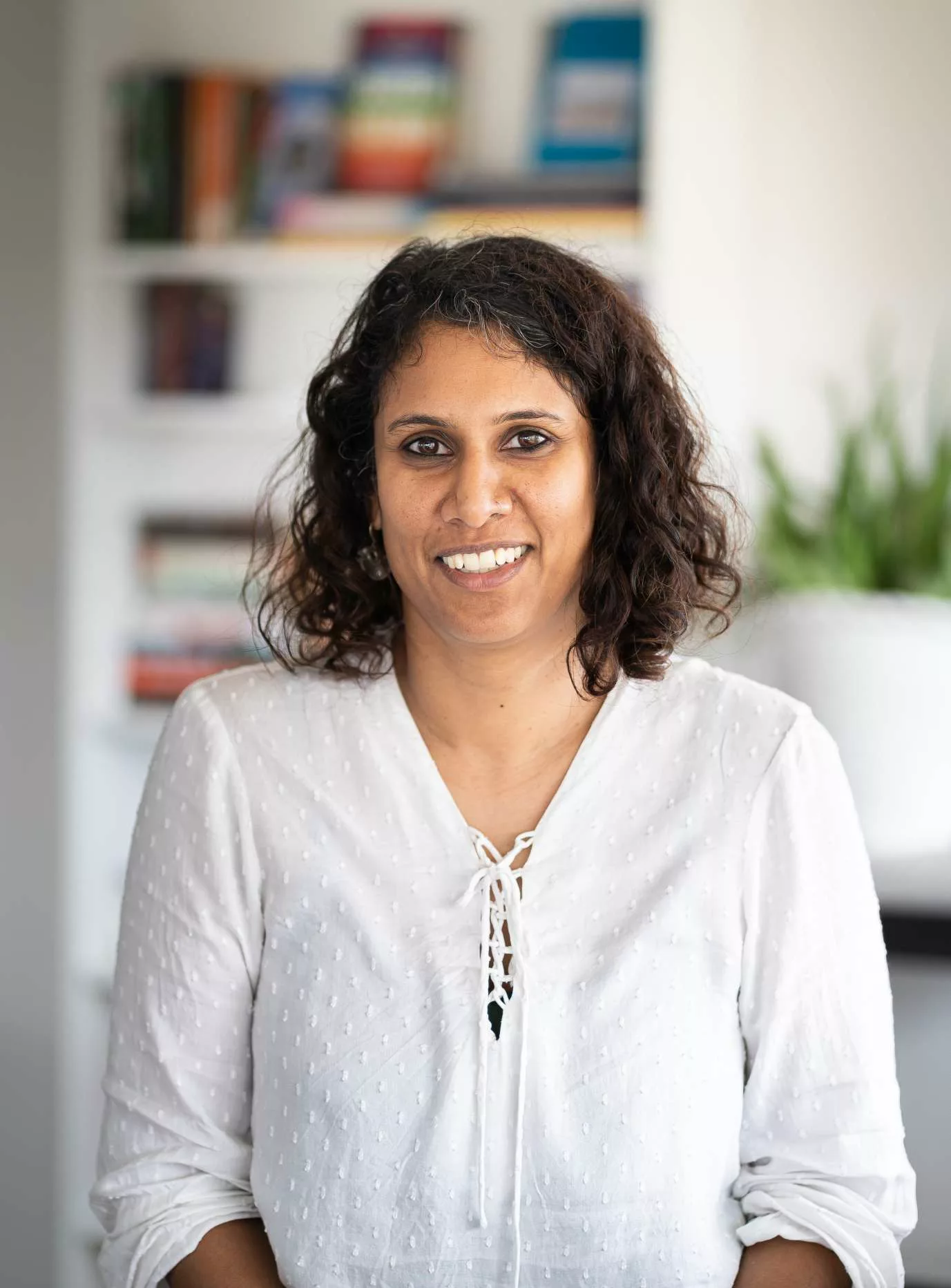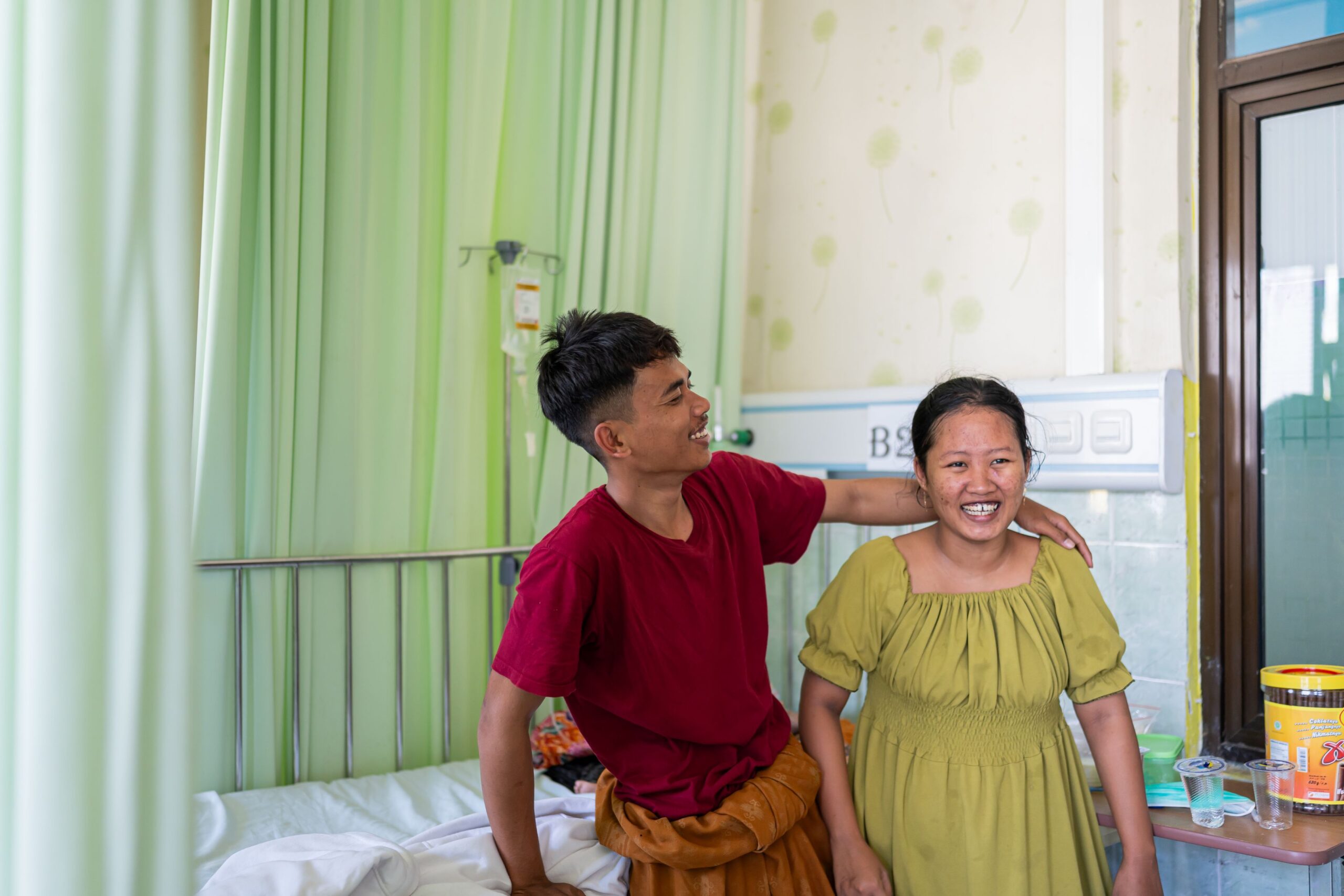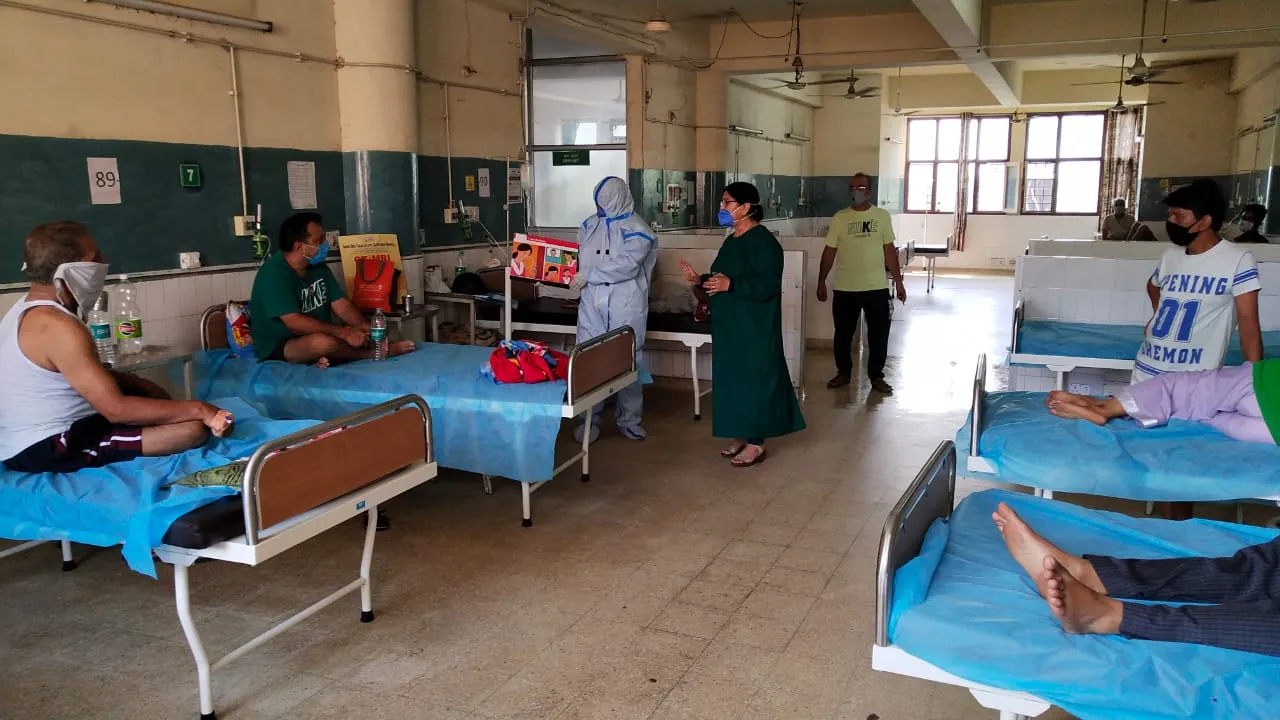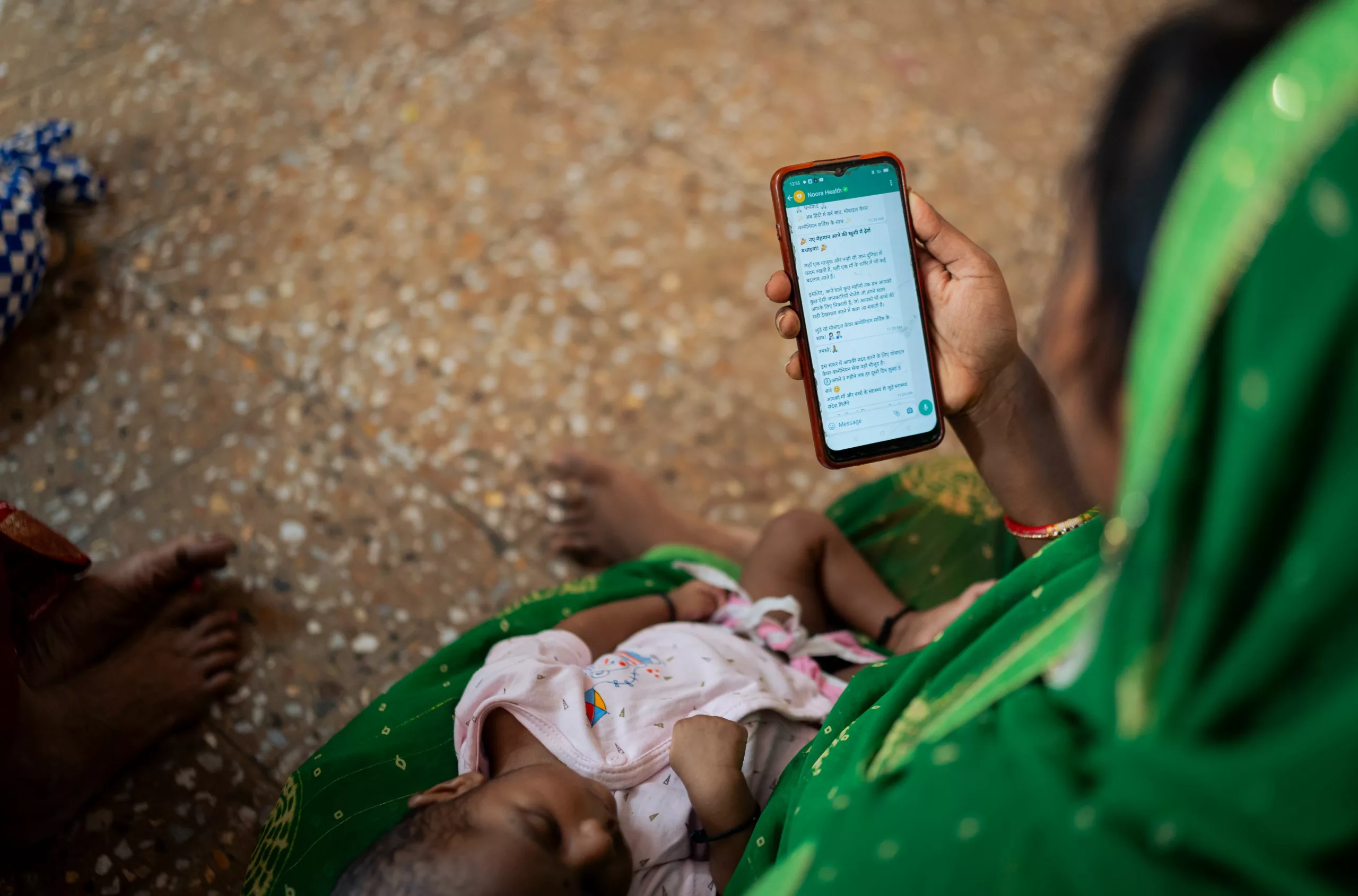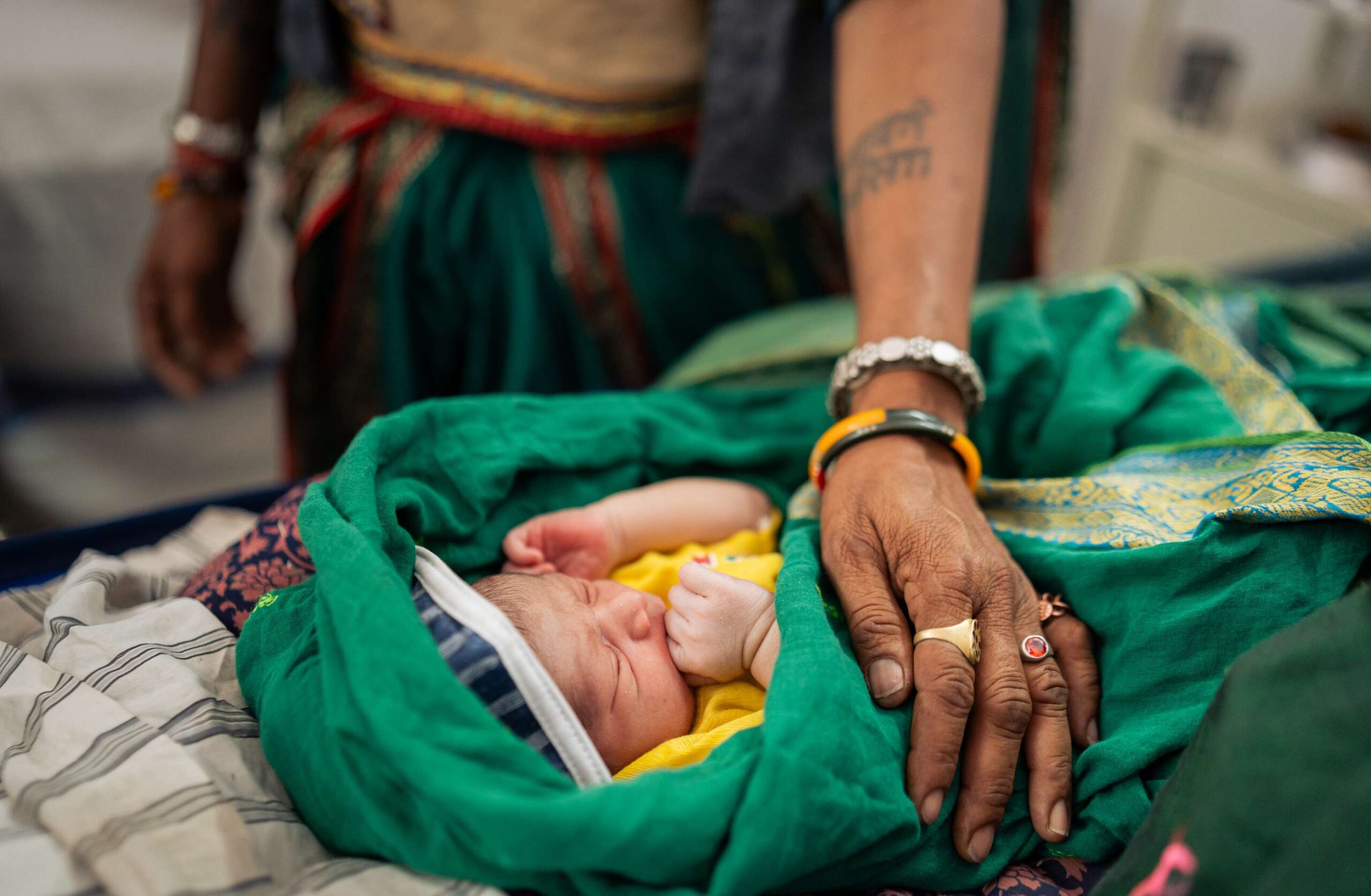
Care is all around us
Reflections on caregiving, hope, and trust in healthcare.
Caregiving can take many different forms. It’s in the steady hands of a nurse adjusting an IV drip and offering a reassuring smile. It’s in the thoughtful pauses a doctor takes while explaining a diagnosis to a family. It’s even a friend dropping off food and medicines for you when you’re sick or taking your child to school. Care shows up in small actions that lets people know their loved ones are safe. The care in caregiving is what makes it truly transformative — rooted in trust, compassion, and empathy.
I witnessed this first-hand in a small society-run cancer care hospital in the town of Silchar, nestled in the heart of Assam in India. Last year, a team of four of us visited the Cachar Cancer Hospital and Research Centre as part of a needs-finding exercise — an integral part of Noora Health’s human-centered design approach. Over three intensive days, we gained an in-depth understanding of their work and identified how the Care Companion Program could be adapted to meet their needs, laying the groundwork for a potential oncology pilot with the hospital.
Our visit to Cachar Hospital involved conversations with everyone from hospital leadership to doctors, nurses, support staff, social workers, psychologists, patients, and caregivers. The hospital team shared countless stories — about patients and caregivers, but also their own journeys that led them here. What stood out was their simple yet powerful motivation: to help. As one team member put it, “How we help, we’ll figure it out as we help, but we need to start something right?”
Caring at the last mile
Cachar Hospital’s origin story is a testament to the power of community caregiving.
According to the National Cancer Registry 2020, Cachar district alone recorded more than 1.8 million registered cancer cases. One in seven males and one in nine females in the district are likely to develop cancer by the age of 74. The prevalence is largely due to excessive tobacco use, with both children and adults consuming gutka (a form of chewing tobacco), betel leaf, and smoking beedis (thin, hand-rolled cigarettes).
For many years, the nearest cancer hospital was in the city of Guwahati, over 10 hours away by road, leaving residents of Cachar district without local access to oncology care. This posed a major barrier to treatment. Most families couldn’t afford to own or hire vehicles, public transport wasn’t feasible for frail patients, and ambulance services — where available — were prohibitively expensive. In a region with alarmingly high cancer rates, these hurdles prevented countless individuals from seeking care. Our research confirms this: Even when patients are willing to seek care, logistical and financial challenges often make it impossible.
In 1992, faced with this healthcare crisis, a group of concerned citizens took action. They pooled resources, secured land, and established the initial infrastructure. Through collaborations with cancer centers across India, they created a network that enabled patients to receive free treatment and brought visiting doctors for local consultations.
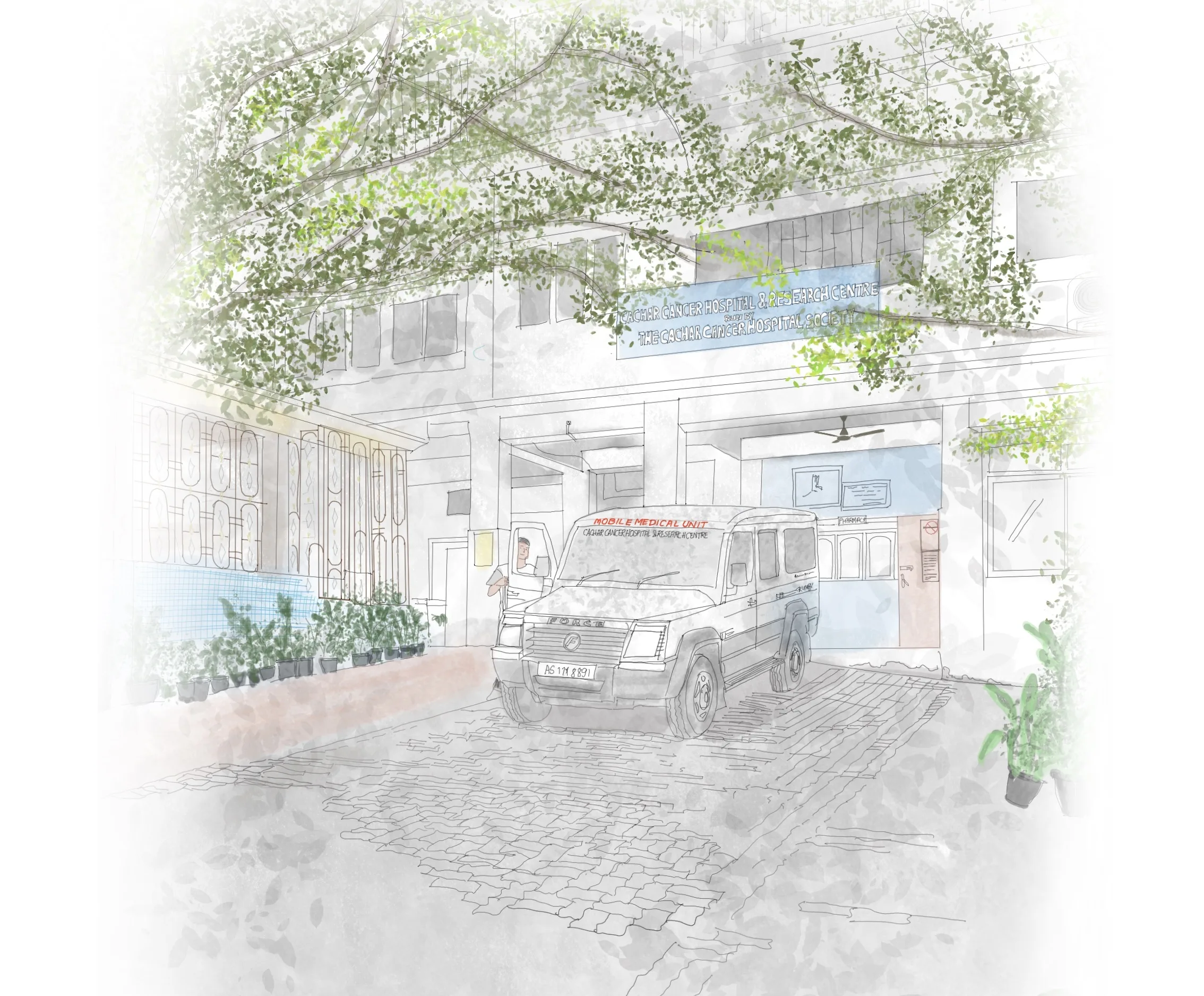
What began as a grassroots initiative has since grown into the Cachar Cancer Hospital and Research Centre — a 140-bed oncology-focused facility that serves as a lifeline for marginalized communities across Northeast India. Yet, the heart of Cachar Hospital’s story lies not just in its medical services, but in the extraordinary commitment of its team. Take Dr. Ravi Kannan, the hospital’s director and a Padma Shri and Magsaysay awardee. More than 15 years ago, he left his position as the head of surgical oncology at the Adyar Cancer Institute in Chennai and moved to Cachar, where he and his wife dedicated themselves to building Cachar Hospital. Together, they not only strengthened the institution but also built a team that shared their vision of selfless service. The camaraderie within this team forms the foundation of the hospital’s culture, where care goes beyond treatment — it embodies relentless perseverance, compassion, and an unwavering dedication to their patients.
I witnessed firsthand during our visit how the staff left no stone unturned to ensure that patients continue their treatment journey.
They proactively collect multiple contact details of patients’ families to maintain communication and follow up with patients who might otherwise fall through the cracks. For patients struggling with the cost of care, a dedicated team of social workers steps in to assess their socioeconomic status. They prioritize arranging finances or connecting patients and their caregivers to relevant schemes, enabling faster access to treatment. In the Indian (and global!) health system, a hospital figuring out finances for patients is definitely rare to come by.
To counter logistical challenges that prevent patients from coming to the hospital, they have set up satellite clinics in remote districts that make follow-up care more accessible. They also offer home care services, providing palliative chemotherapy and pain management, easing the burden of long journeys for treatment. Even telemedicine officers, though non-medical, are trained rigorously to administer injections and manage feeding tubes, ensuring patients receive essential care in their homes.
At its core, Cachar Hospital embodies a simple yet profound principle: Caregiving is about building trust, providing solutions, and meeting patients where they are. This philosophy explains why people flock to this modest, no-nonsense hospital. What draws them is trust — earned through honest, humane treatment.
Caregiving: Where hope perseveres
Cancer is tragic; cancer care is emotional — the burden caregivers carry is immense.
During our visit, we had the chance to accompany a nurse and a doctor to one of their satellite clinics. We also shadowed Biplob, a telemedicine officer, during his home visits. Our goal was to observe the clinic’s operations and learn from Biplob’s approach to providing care. We aimed to stay as unobtrusive as possible, engaging with family members or caregivers only if they were willing to talk to us, as Biplob tended to the patients.
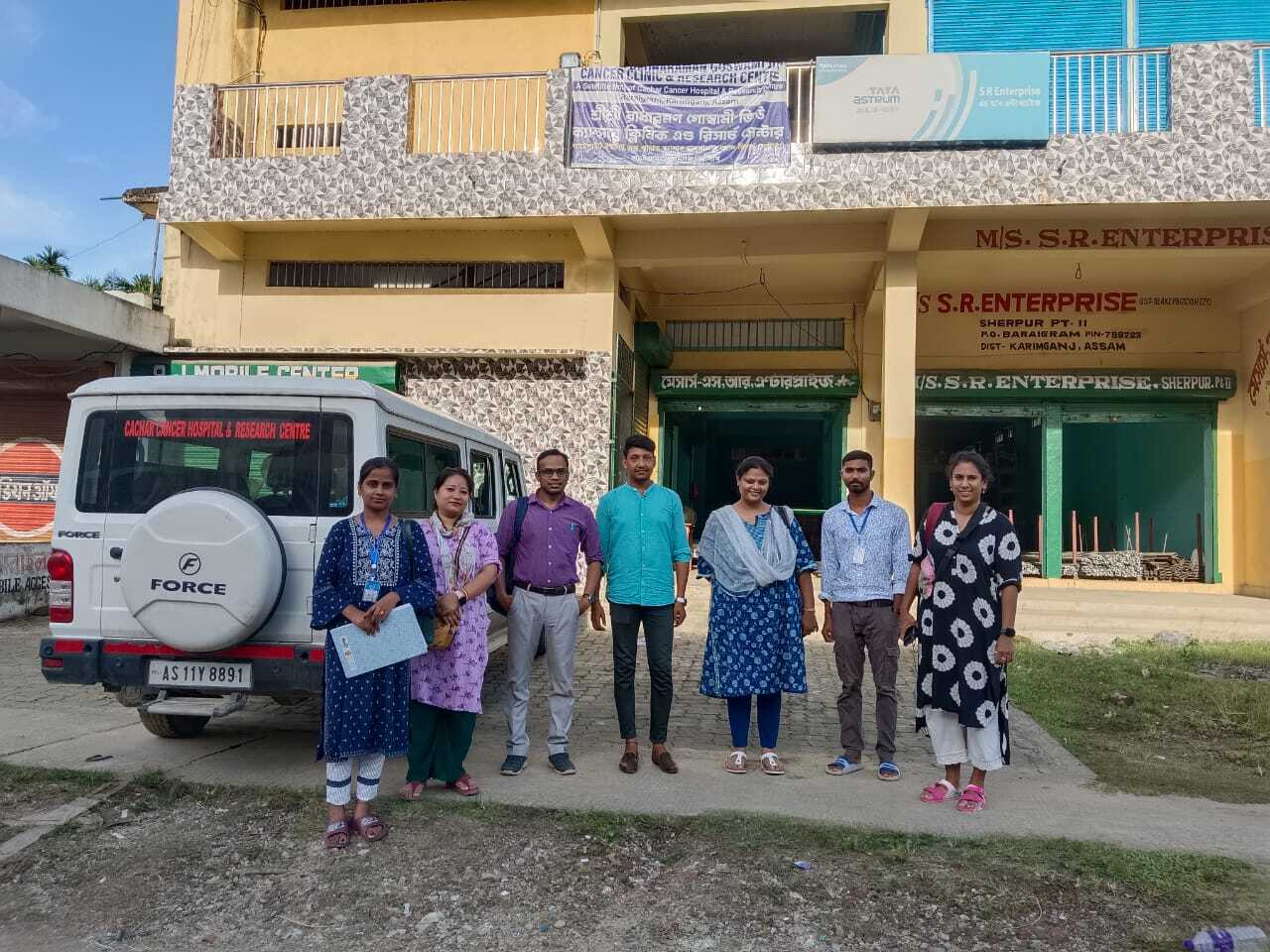
One of the families we visited was that of a 58-year-old man with end-stage cancer. He was supported by a family of at least 10 members, including his sons, daughters, and wife. Unlike the usual caregiving dynamic in India, where the burden often falls on one primary caregiver — typically a woman — this family had the sons deeply involved in supporting their father.
I knew intimately what it was like to be in the sons’ shoes, having gone through a similar experience myself with my father — facing the inevitable, yet desperately holding on to hope against all odds.
Is hope what keeps caregivers going?
The family knew their father’s time was limited, yet they clung to hope; a hope that somehow sustains caregivers through the most difficult of times.
What stayed the most with me, however, was the compassion shown by those who were not family — individuals who weren’t bound by blood or religion, but were simply there to help. The trust the family placed in Biplob and the other telemedicine officers was a testament to the far-reaching impact of Cachar Hospital’s work. It spoke to the ripple effect of their commitment to caregiving — a vision that extends beyond just treating the illness, to supporting families during their most vulnerable moments.
Care, in small acts of kindness
At the hospital, care seemed to be everywhere — woven into every corner of the hospital and the very foundation it was built on. Observing care in so many forms made me reflect on how caregiving isn’t confined to medical settings or those formally tasked as caregivers. It’s something that extends into every part of our lives, found in both the expected and the unexpected moments.
This realization struck me again on the flight back, where a flight attendant’s small gesture felt deeply personal. After three back-to-back 18-hour days at Cachar Hospital, which had been both exhausting and fulfilling, I had a terrible headache. When I asked a flight attendant for some water and a painkiller, I fully expected to be brushed off — the flight was busy, and she seemed to have her hands full with no time to spare for my request. But to my surprise, she returned a few moments later, not only with warm water and a painkiller but also with a snack to ensure I wasn’t taking the pill on an empty stomach. Handing it to me with a smile, she said, “Please let me know if you need anything else.”
It was such a small, unexpected act of care, but to me, it meant the world. Feeling physically sick and emotionally drained from the intensity of the research, it felt like a balm. The flight attendant interacts with hundreds of passengers every day, yet her kindness in that moment felt personal and unique to me. In a world where caregiving often feels grand and overwhelming, sometimes the smallest gestures can have the greatest impact.
We are all caregivers, or we’ve all received care in some form — whether from family, a flight attendant, or a stranger who offered a smile. My time in Cachar reinforced my belief in the power of human connection and care, showing me that even in the most difficult times, there is hope in humanity. Care truly is all around us.
This is an edited version of a piece originally published on Manju’s personal blog.
